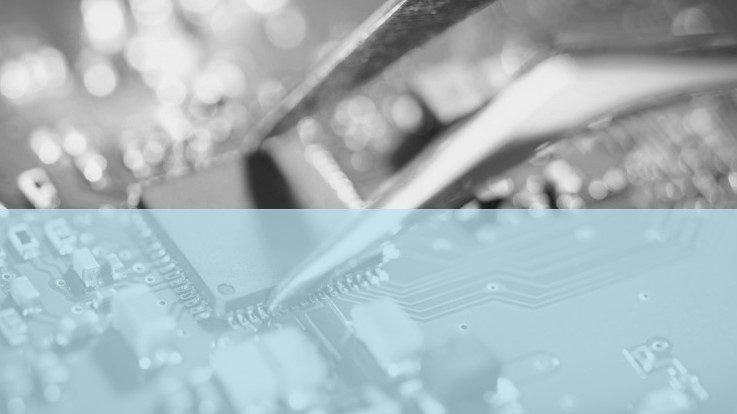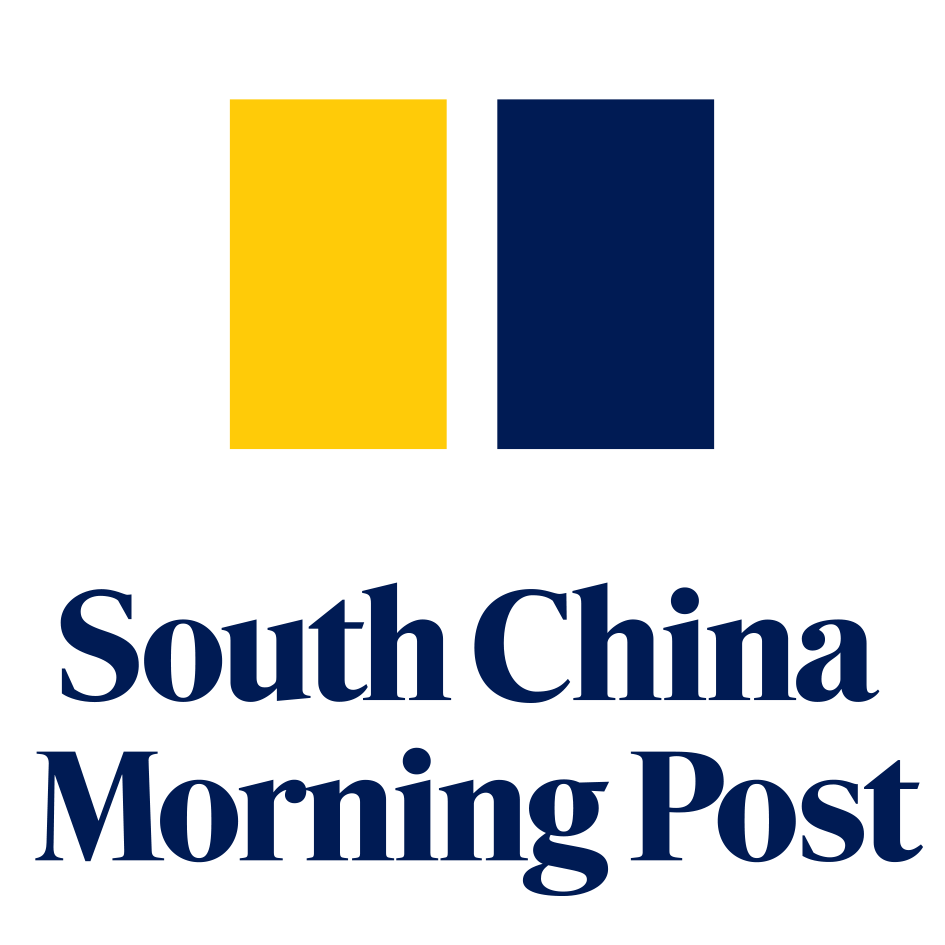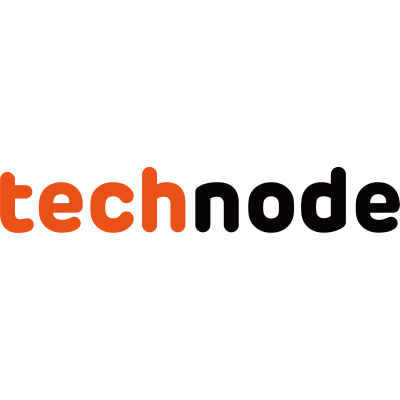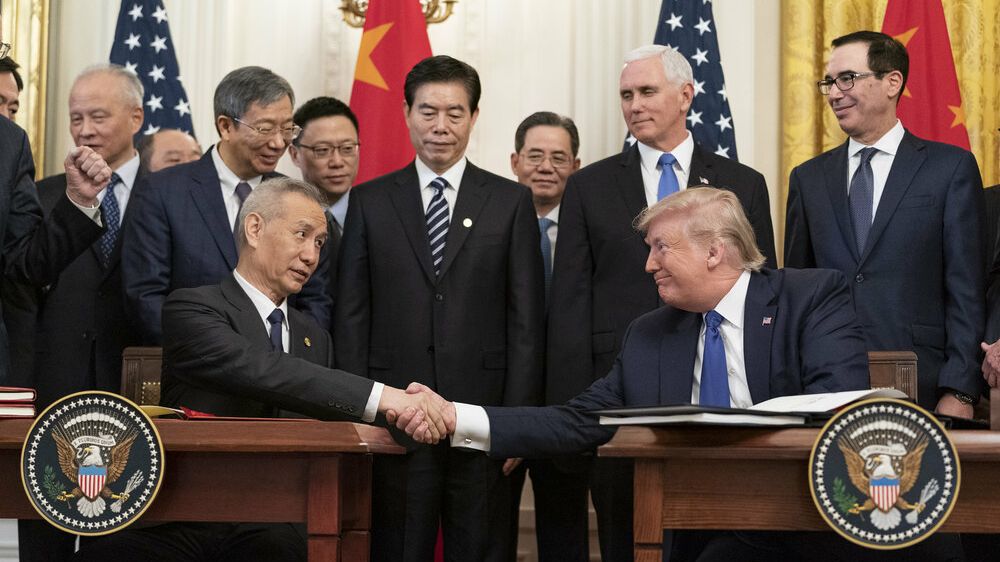Trade and technology
Semiconductors at the heart of the US-China tech war
Published 17 January 2020 | 2 minute read
The United States and China are in the early stages of a historic tech war in an era of techno-nationalism. Phase 1 of the US-China trade deal was benign. This paper emphasizes why Phase 2 must more intently address the issues of SOE subsidies and protection of intellectual property.
How a new era of techno-nationalism is shaking up semiconductor value chains
Techno-nationalism is a new strain of mercantilist thought that links tech innovation directly to economic prosperity, social stability and to the national security policies of a nation. In this regard, government intervention in markets is considered justified to ensure protection against opportunistic or hostile state and non-state actors. Techno-nationalism seeks to attain competitive advantage for its own stakeholders, on a global scale, in order to leverage this advantage for geopolitical gain.
At stake is supremacy in the industries of the future and at the core of all these future techs are semiconductors, which provide the vital materials and circuitry necessary to produce microchips — which, in turn, are required to operate everything from a smart phone to an advanced satellite weapons system.
In 2018, global sales of semiconductors and related technology topped US$468 billion. China’s semiconductor market represents, by far, the world’s largest importer. Semiconductor-related technologies are China’s largest import products, exceeding even its imports of oil.
Download Semiconductors at the heart of the US-China tech war by Alex Capri
![]()
The intensifying nature of the US-China tech war, combined with the scale and depth of China’s market — and the massive economic gains it provides to American and foreign semiconductor companies — creates a collision of vested interests that has sparked a flurry of protectionist policies in Washington and elsewhere.
This white paper by Alex Capri provides a timely and comprehensive analysis of the emerging US-China tech-war and the strategic importance of the semiconductor industry.
Key insights from the study
- A detailed account of semiconductor global value chains, how they function and why certain companies dominate
- A deep dive into China’s initiatives to develop its own home-grown semiconductor sector and how this could affect the global trade landscape.
- Introduction and explanation of “Techno-nationalism,” a new strain of mercantilism that is driving industrial policy, non-tariff measures and other state-centric behavior around the world.
Download supplemental report Strategic US-China decoupling in the tech sector

- A revealing analysis of how companies are restructuring operations and legally circumventing export controls and sanctions in order to protect revenue and market share.
- Future scenarios where semiconductor value chains (and the tech landscape, in general) face the challenges of fragmentation, localization and the conundrum of China’s semiconductor market.
***
This primer is followed up by two papers published in June 2021 on the latest development of the US-China tech race. Part II of the semiconductor series provides an in-depth overview of the actions taken by the US to revitalize its microchip industry. Part III looks at China's efforts to catch up to US and its allies' tech firepower.
***
Hear more from the author
Watch Alex Capri's discussion on techno-nationalism in a webinar with the National Press Foundation (NPF). This briefing is part of a webinar series organized by NPF, supported by the Hinrich Foundation, on global trade during COVID-19.
© The Hinrich Foundation. See our website Terms and conditions for our copyright and reprint policy. All statements of fact and the views, conclusions and recommendations expressed in this publication are the sole responsibility of the author(s).
Alex Capri is a research fellow at the Hinrich Foundation and a lecturer in the Business School at the National University of Singapore. He also teaches at the NUS Lee Kuan Yew School of Public Policy.
Have any feedback on this article?
Related news


12 May 2020
Our report "Semiconductors at the heart of the US-China trade war" was quoted in this Asia Times article to highlight the difficulties and challenges of US-China decoupling.

Cover Story: Capitalising on the big tech divorce

13 February 2020
The decoupling of certain US-China value chains in the semiconductor industry has become inevitable, says Alex Capri, Hinrich Foundation Research Fellow.

US-China tech war to be ‘defining issue of this century’, despite signing of phase one trade deal

19 January 2020
Alex Capri, Hinrich Foundation Research Fellow, covers the emerging US-China tech war in a new report.

U.S.-China tech war overshadows ‘phase one’ trade deal

17 January 2020
In an interview with The South China Morning Post, Alex Capri, Hinrich Foundation Research Fellow, explains the impact of US-China tech tensions.

US-China tech war may ‘de-Americanize’ global supply chains: report

05 February 2020
Alex Capri, Hinrich Foundation Research Fellow, discusses his latest report about the role of semiconductors in the US-China tech war.
Controls on semiconductor trade are a harbinger for "techno-nationalism"

18 June 2020
Alex Capri's article on the critical role of semiconductors in the techno-nationalist race was republished by the Global Trade Magazine.


12 May 2020
Our report "Semiconductors at the heart of the US-China trade war" was quoted in this Asia Times article to highlight the difficulties and challenges of US-China decoupling.

Cover Story: Capitalising on the big tech divorce

13 February 2020
The decoupling of certain US-China value chains in the semiconductor industry has become inevitable, says Alex Capri, Hinrich Foundation Research Fellow.

US-China tech war to be ‘defining issue of this century’, despite signing of phase one trade deal

19 January 2020
Alex Capri, Hinrich Foundation Research Fellow, covers the emerging US-China tech war in a new report.

U.S.-China tech war overshadows ‘phase one’ trade deal

17 January 2020
In an interview with The South China Morning Post, Alex Capri, Hinrich Foundation Research Fellow, explains the impact of US-China tech tensions.

US-China tech war may ‘de-Americanize’ global supply chains: report

05 February 2020
Alex Capri, Hinrich Foundation Research Fellow, discusses his latest report about the role of semiconductors in the US-China tech war.
Controls on semiconductor trade are a harbinger for "techno-nationalism"

18 June 2020
Alex Capri's article on the critical role of semiconductors in the techno-nationalist race was republished by the Global Trade Magazine.
Related articles

COVID-19 effects on business: More state intervention in business strategies
30 March 2020
Techno-nationalism via semiconductors: Can chip manufacturing return to America?
15 June 2021

China’s microchip ambitions: Semiconductors advance the next phase of techno-nationalism
22 June 2021

A techno-globalist approach to IP and supply chain disruption
13 October 2020

COVID-19 effects on business: More state intervention in business strategies
30 March 2020
Techno-nationalism via semiconductors: Can chip manufacturing return to America?
15 June 2021

China’s microchip ambitions: Semiconductors advance the next phase of techno-nationalism
22 June 2021









